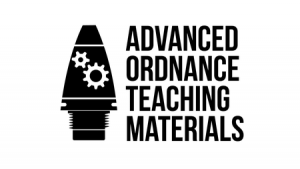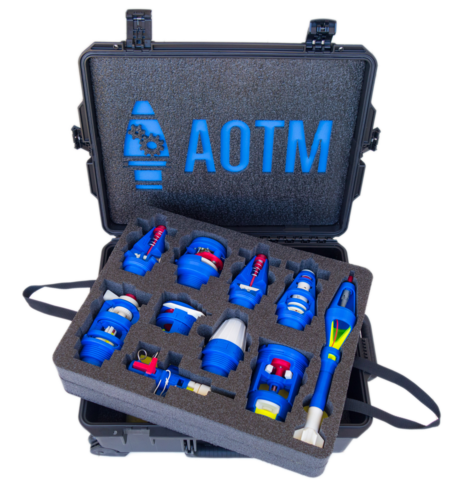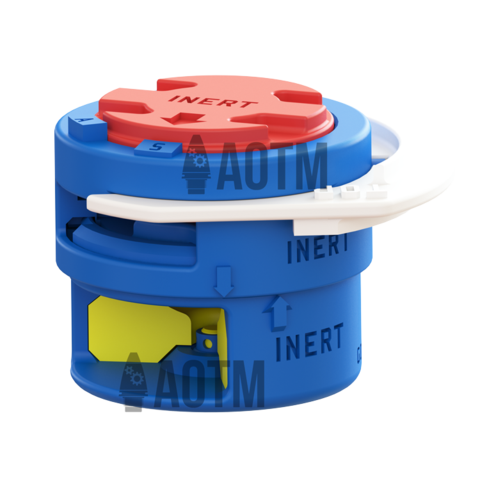I remember as a child when Princess Diana made landmines an international humanitarian crisis, and vowed to put all of the resources she could muster toward risk and harm-free landmine removal. That was a real eye opener for many then, as to how wartime brutality can linger long after troops and tanks have left. After this initial campaign, more and more  state departments and non-governmental organizations have dedicated resources to these efforts. However, we have a long way to go. According to The Halo Trust, an organization dedicated to landmine removal,”Deminers are the backbone of most clearance programmes. Highly trained specialists, they combine technical skills and local knowledge to clear valuable land of mines and other explosive remnants of war.”
state departments and non-governmental organizations have dedicated resources to these efforts. However, we have a long way to go. According to The Halo Trust, an organization dedicated to landmine removal,”Deminers are the backbone of most clearance programmes. Highly trained specialists, they combine technical skills and local knowledge to clear valuable land of mines and other explosive remnants of war.”
Eliminating wartime aftermath, such as landmines and other explosives, is a complex job with which 3D printing is becoming increasingly involved. Funded by the U.S. State Department’s Office of Weapons Abatement and Removal, the Golden West Design Lab’s Advanced Ordnance Teaching Materials (AOTM) program is responsible for training workers with the mission of weapons removal. That is serious stuff, because we are talking about explosives here! A range of training sets have been designed, 3D printed, and made available through the EOD Training Aids website; these sets are a collaboration between Massachusetts Institute of Technology, the Singapore University of Technology and Design and the Golden West Design Lab.
These important teaching aids — directed toward humanitarian EOD/ mine action operators worldwide — are divided into Fuzes, Landmine, Grenades, and Cluster Munitions, and a Standard Ordance Training Set will get you a sample of all these devices. Because the devices are so uniquely designed, this project credits 3D technology with its very existence. So far, customers have included: United Nations Mine Action Service, U.S. Department of Defense, Armasuisse, Japanese Mine Action Service, and Denel Mechem. The international need for landmine removal is great; better quality and more realistic training materials will surely make a difference and get more people interested in this usually high-risk endeavor.
The above mine (see photo), is an example of a 3D printed landmine replica that is available on the company website or as part of the larger training set. You can see the details of such an object: it has “3D printed” written all over it.
AOTM models’ bodies are made of ABS plastic, allowing for the ability to prototype, test, and market complicated parts. The Standard Ordnance Training Set (see first photo) has 144 engineered parts; each part is 3D printed. AOTM explains that 3D printing allows them to put all of its “resources into the design process instead of worrying about the costs of setting up for production.” They do have to use some parts that are not 3D printed, such as springs. For that need, AOTM uses “industrial-grade high quality components to make sure items continue working for a long time.” These materials need to be durable and user-friendly at the same time.
I don’t know about you, but I think I will sleep a little better knowing that the humanitarian endeavor of removing explosives will be in better trained hands thanks to 3D printing and many organizations’ and individuals’ dedication to this very important cause. What do you think about this great cause? Discuss in the 3D printed training aids forum thread on 3DPB.com. Check out the videos below.
Subscribe to Our Email Newsletter
Stay up-to-date on all the latest news from the 3D printing industry and receive information and offers from third party vendors.
You May Also Like
IperionX Inks 10-Year Deal with Wisconsin Manufacturer for 80 Metric Tons of Titanium Per Year
IperionX, the Charlotte-based supplier of sustainable titanium powders used for additive manufacturing (AM) and metal injection molding (MIM), has signed a ten-year deal with United Stars, a group of industrial...
Gastronology Launches Industrial Production of 3D Printed Food for Dysphagia Patients
Food 3D printing has, in many ways, been an additive manufacturing (AM) segment looking for the right business case. While some applications are beautiful and others may or may not...
Lockheed Martin Leads $3M Investment in Q5D’s Electronics 3D Printing System
Q5D, an original equipment manufacturer (OEM) of robotic arm, hybrid additive manufacturing (AM) systems used for wire harness production, has closed a $3 million investment round. The investment arm of...
3D Printing News Briefs, April 6, 2024: Depowdering, Cybertruck Door Handles, & More
In today’s 3D Printing News Briefs, ioTech’s digital manufacturing CLAD technology is opening up opportunities for microelectronics and additive manufacturing. Hexagon and Raytheon Technologies commercially released the Simufact Additive Process...



































